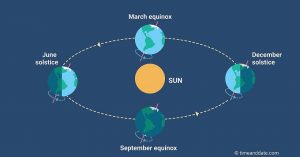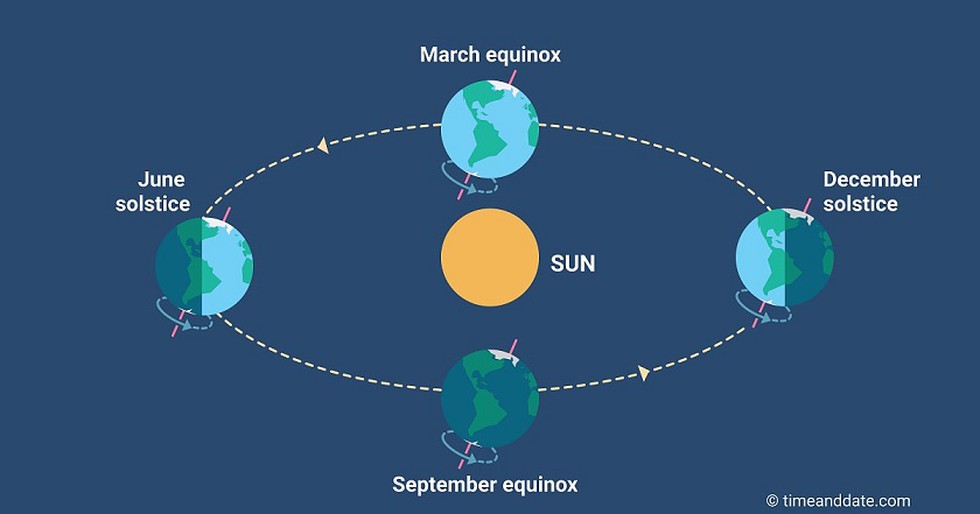
International Day of the Celebration of the Solstice is observed globally on 21st June. This day bring awareness about solstices and equinoxes and their significance for several religions and ethnic cultures. The International Day of the Celebration of the Solstice was proclaimed by the United Nations General Assembly on 20th June 2019 within Resolution A/RES/73/300.
Buy Prime Test Series for all Banking, SSC, Insurance & other exams
About Solstice:
Solstice is that the point at which the Sun is at its greatest distance from the world and equinox is when space is that the lowest. Both solstice and equinox have their own significance for Christians, Muslims, and other religions. A solstice derived from the Latin sol (“sun”) and sistere (“to stand still”) because the seasonal movement of the Sun’s daily path (as seen from Earth) appears to “standstill” at a northern or southern limit before reversing direction is an occasion that occurs when the Sun reaches its most northerly or southerly day-arc relative to the equator.
Therefore, there are two solstices that occur annually: around the summer solstice (commonly referred to as “Summer Solstice” for being the primary day of summer and therefore the longest day of the year) and December 21 (commonly referred to as “Winter Solstice” for being the primary day of winter and the shortest day of the year).




 Weekly One Liners 15th to 21st of Decemb...
Weekly One Liners 15th to 21st of Decemb...
 World Basketball Day 2025 Celebrates Bas...
World Basketball Day 2025 Celebrates Bas...
 UN Celebrates Second World Meditation Da...
UN Celebrates Second World Meditation Da...







